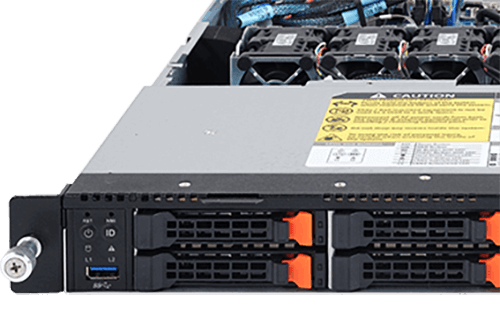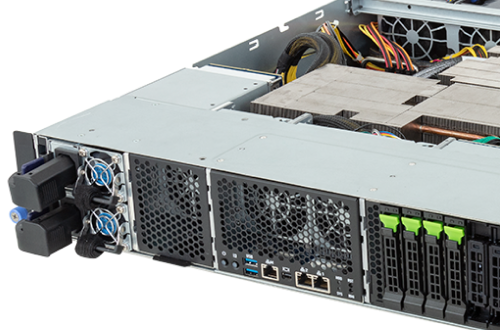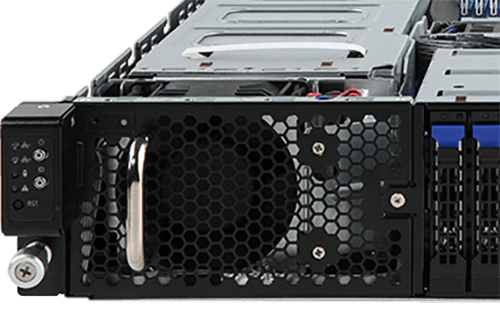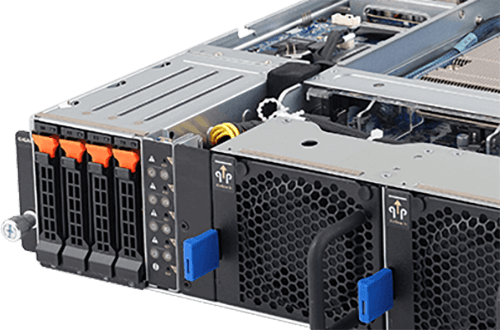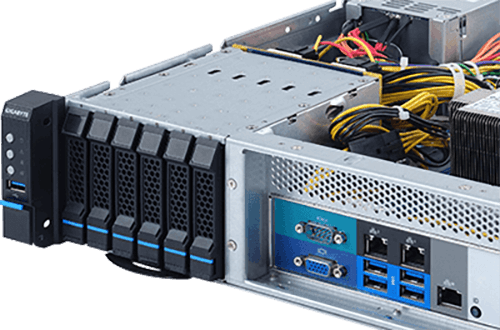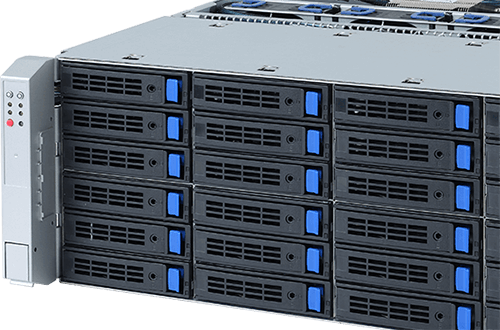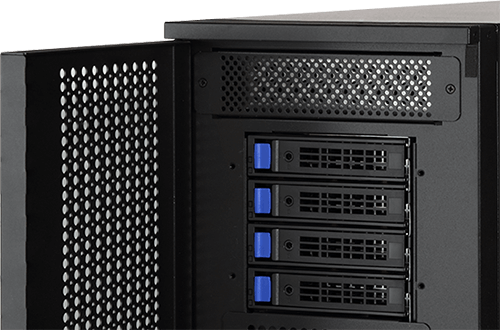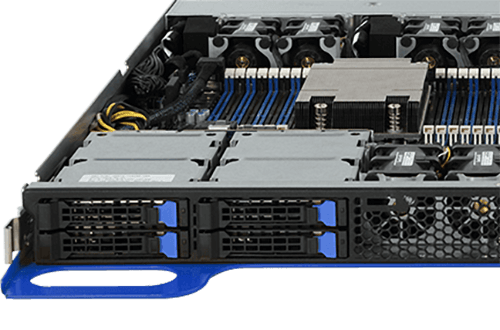Smart Agriculture
GIGABYTE has taken the first step to develop an smart agricultural system, to help farmers reduce workload and improve manpower shortages, using the front-end environmental sensors, monitoring systems, and equipment controllers to maintain the field and monitor the crops conditions remotely.
Download White Paper
Introduction
In order to bring agriculture efficiency with technology, GIGABYTE has developed an smart agricultural system to help farmers have better control over the process of growing crops.
With the environmental sensors, monitor systems, and equipment controllers receiving data, such as sunshine, temperature and humidity at the front-end environment, GIGABYTE "IG-3815" Smart IOT Gateway System also uses EDGE Computing and wireless technologies, such as WIFI/ZigBee/LoRA, to collect those data or transmit control signals to the front-end equipment to maintain the growth environment.
With the environmental sensors, monitor systems, and equipment controllers receiving data, such as sunshine, temperature and humidity at the front-end environment, GIGABYTE "IG-3815" Smart IOT Gateway System also uses EDGE Computing and wireless technologies, such as WIFI/ZigBee/LoRA, to collect those data or transmit control signals to the front-end equipment to maintain the growth environment.
Furthermore, data collected to GIGABYTE Cloud Storage Device (Virtual Store Appliance: H261-H61) can be stored and done big data analysis. Users can go to the database to retrieve information on the growth environment of each batch of crops, and do comparison & analysis on the harvests, in order to achieve optimal growth environment of the plant.
User Scenario
Monitoring Climate Condition
The IoT sensors detect real-time weather conditions like temperature, humidity, rainfall accurately. If any abnormal conditions are detected, the alert will be sent to farmers immediately to avoid crops loss. In the other way, farmers can collect climate data to select suitable crops for certain weather condition to increase productivity.

Automated Agricultural Equipment
The sunshine, temperature and humidity are critical for greenhouse farming. Sunshade can be closed and water sprinklers be opened automatically when the IoT sensors detect higher temperatures that might impact the crops growth.
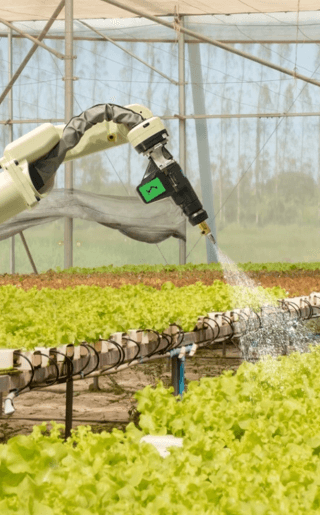
Analyze Crops growth conditions
With continuous harvest data collected to the Cloud, the IoT system can perform big data analysis to provide a basis of improving crop growth conditions to increase production capacity.
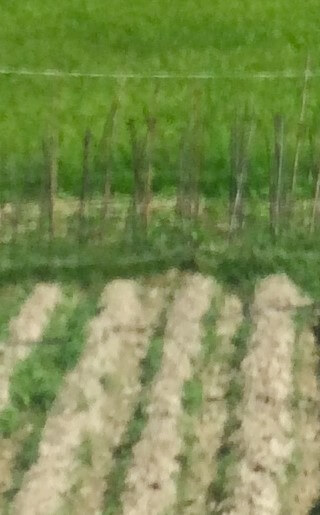
Challenges in Agriculture Nowadays
Global warming impacts climate circles causing farmers great losses in droughts or floods, or even more, not knowing what crops are suitable to plant in such unpredictable weather condition. Limited natural resources such as fresh water and farmland also blocks the capacity of agricultural plants.
Less human resources are input in farming industry due to daily hard works of patrolling in the field, fertilizing, water pumping and spraying pesticides without actual day-off.
Less human resources are input in farming industry due to daily hard works of patrolling in the field, fertilizing, water pumping and spraying pesticides without actual day-off.
But the growth of world population is still increasing, food supply becomes a critical issue to human beings.
Therefore, traditional way of cultivation is not enough to manage the farm fields or improve the quantity of crops. It's time for IoT technology to involve in the agricultural revolution.
Therefore, traditional way of cultivation is not enough to manage the farm fields or improve the quantity of crops. It's time for IoT technology to involve in the agricultural revolution.
Advantages of Smart Agriculture
Increase production capacity
Instantly control the environmental factors to achieve the optimal growth environment of the plants.
Reduce the manpower burden
Remote monitoring via mobile APP, if the situation can notify the relevant personnel in time, or use the remote control for manual processing.
Features of the IOT Gateway
・GIGABYTE IoT Gateway agricultural system, ZigBee wireless technology, MCU Boards and sensors which can control the environment, in order to achieve optimal growth environment of the plant.
・Greenhouse environmental data collection and storing and analysis can improve the plant growth environment by using front-end sensors and specific equipment to improve the environment. IoT Gateway uses EDGE Computing and built-in ZigBee to collect data and transmit control signals to the front-end equipment. After (fan, water, light, shade cloth control), the data collected to a back-end database to transfer to big data analysis.
・In order to reduce labor costs, increase work efficiency. In the past, the farmer had to stay at the side of the crop at any time, patrol the water , fertilize, and watch the day. Now farmers can use technology through the Internet of Things IOT Gateway eco-box,reducing agricultural losses. Increase production.

Smart Agriculture IoT Structure
Smart Agriculture IoT System
GIGABYTE Smart Agriculture System - The IoT Gateway System's IoT ECO Box provides an agricultural technology application solution that enables farmers to increase the yield and quality of their crops while maximizing people's healthy lives!

Smart Agriculture IoT System
Using Eco Box to transform the future of agriculture and increase yields
GIGABYTE Products
With IoT sensors placed in the greenhouse or farm fields, growth factors like daylight, temperatures, humidity, soil moisture, CO2 content will be detected and sent to IoT Gateway System for storage and analysis. It can send signals to on-site equipment controllers to maintain the farming environment for stable crops quality & quantity.
Those data can be collected and transfer to GIGABYTE Cloud Storage Device for big data analysis.
3/3
Cloud Storage Device
High Density Server - 1st/2nd Gen Intel® Xeon® Scalable - 2U 4-Node DP 24-Bay Gen3 NVMe/SATA/SAS
| Application:
HCI
&
Hybrid/Private Cloud Server
Related Technologies
The Internet of Things (IoT) refers to a network of devices connected to the internet that can record or receive data without requiring any human to machine interaction. These devices can be any kind of physical object in daily life, business or industry – for example, the thermostat in your home, a trash can on the roadside, or a piece of equipment on a factory production line.
Artificial Intelligence (AI) is a broad branch of computer science. The goal of AI is to create machines that can function intelligently and independently, and that can work and react the same way as humans. To build these abilities, machines and the software & applications that enable them need to derive their intelligence in the same way that humans do – by retaining information and becoming smarter over time.
AI is not a new concept – the idea has been in discussion since the 1950s – but it has only become technically feasible to develop and deploy into the real world relatively recently due to advances in technology – such as our ability to now collect and store huge amounts of data that are required for machine learning, and also the rapid increases in processing speeds and computing capabilities which make it possible to process the data collected to train a machine / application and make it "smarter".
What is Multi-access Edge Computing (Mobile Edge Computing)? Multi-access Edge Computing (MEC), also known as Mobile Edge Computing, is a network architecture that enables cloud computing capabilities and an IT service environment at the edge of a cellular network. MEC technology is designed to be implemented at cellular base stations or other edge nodes, and enables flexible and rapid deployment of new applications and services for customers. MEC is ideal to be used for the next generation of 5G cellular networks.
Bring Your Ideas Faster to Fruition
Email Sales







